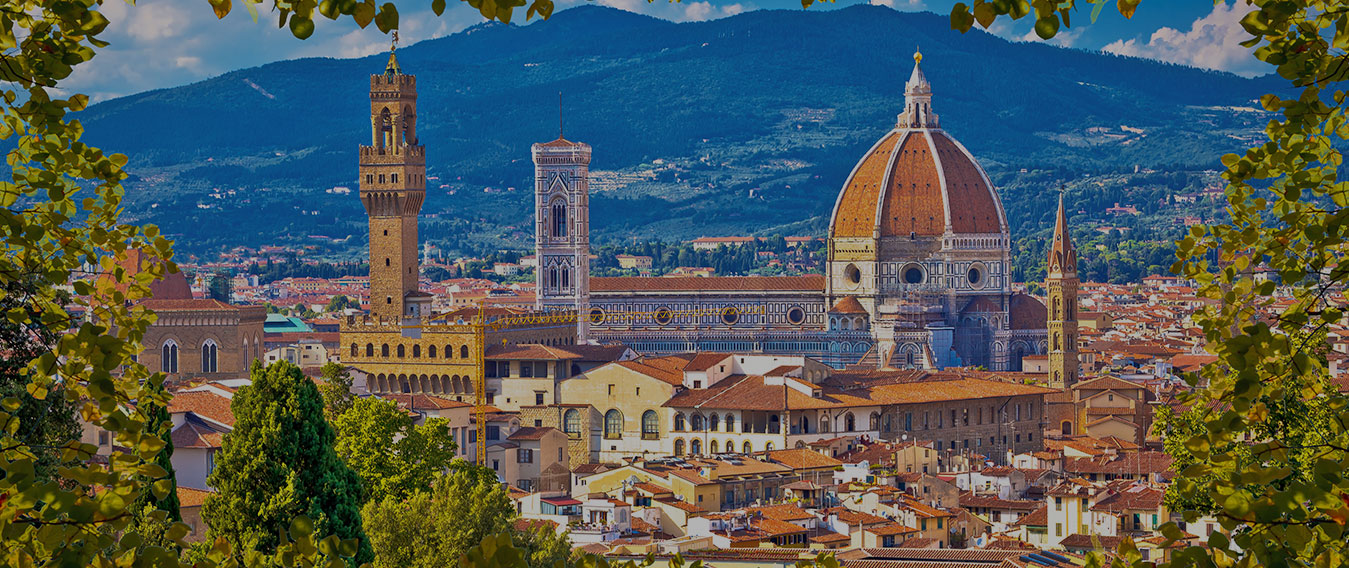The "City of Lilies" and ENGIE have maintained a trusting relationship for several years. The Group currently oversees the air conditioning systems of the University of Florence, the local branch of the National Research Centre, and the Instituto degli Innocenti, a 600-year-old structure. Additionally, it has enhanced the energy efficiency of administrative buildings in the city and public lighting systems in the municipalities of Dicomano and Vicchio.
A new chapter has unfolded with the signing of an extensive contract aimed at improving energy efficiency, while maintaining visitor and user comfort, across more than 400 buildings. Some of these buildings are among the city's most prestigious, such as Palazzo Vecchio, the Santo Spirito convent, the Gino Bartali Cycling Museum, and the library of Palagio di Parte Guelfa. The list also includes monuments, schools, museums, sports facilities, churches, cultural venues, and public services.
ENGIE’s Solution: Addressing all Facets of Energy Efficiency
ENGIE's intervention across these sites involves enhancing the energy supply systems of the buildings by reducing heat dispersion and associated consumption, as well as integrating renewable energy sources.
The Group will also improve the energy performance of thermal and electrical systems, thermal insulation, and thermostatic valves. This includes replacing traditional bulbs with LED lamps and installing photovoltaic panels.
This extensive energy efficiency program will deliver tangible benefits to the entire community in environmental, economic, and social aspects.
Key Figures
30% savings on thermal energy.
20% savings on electrical energy.
45,000 tons of CO2 avoided annually, equivalent to the amount absorbed by nearly 250,000 trees.
“Many of our public buildings are used not only by those who work there but also by visitors as they are museums. The challenge, therefore, lies in reconciling technological modernization of installations with attention to the historical and architectural context.”
Dario Nardella, Mayor of Florence

